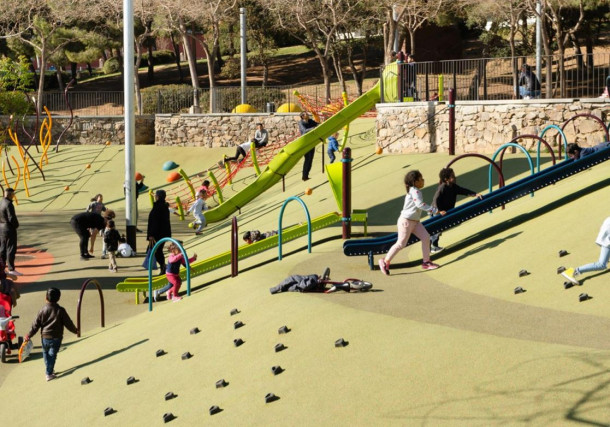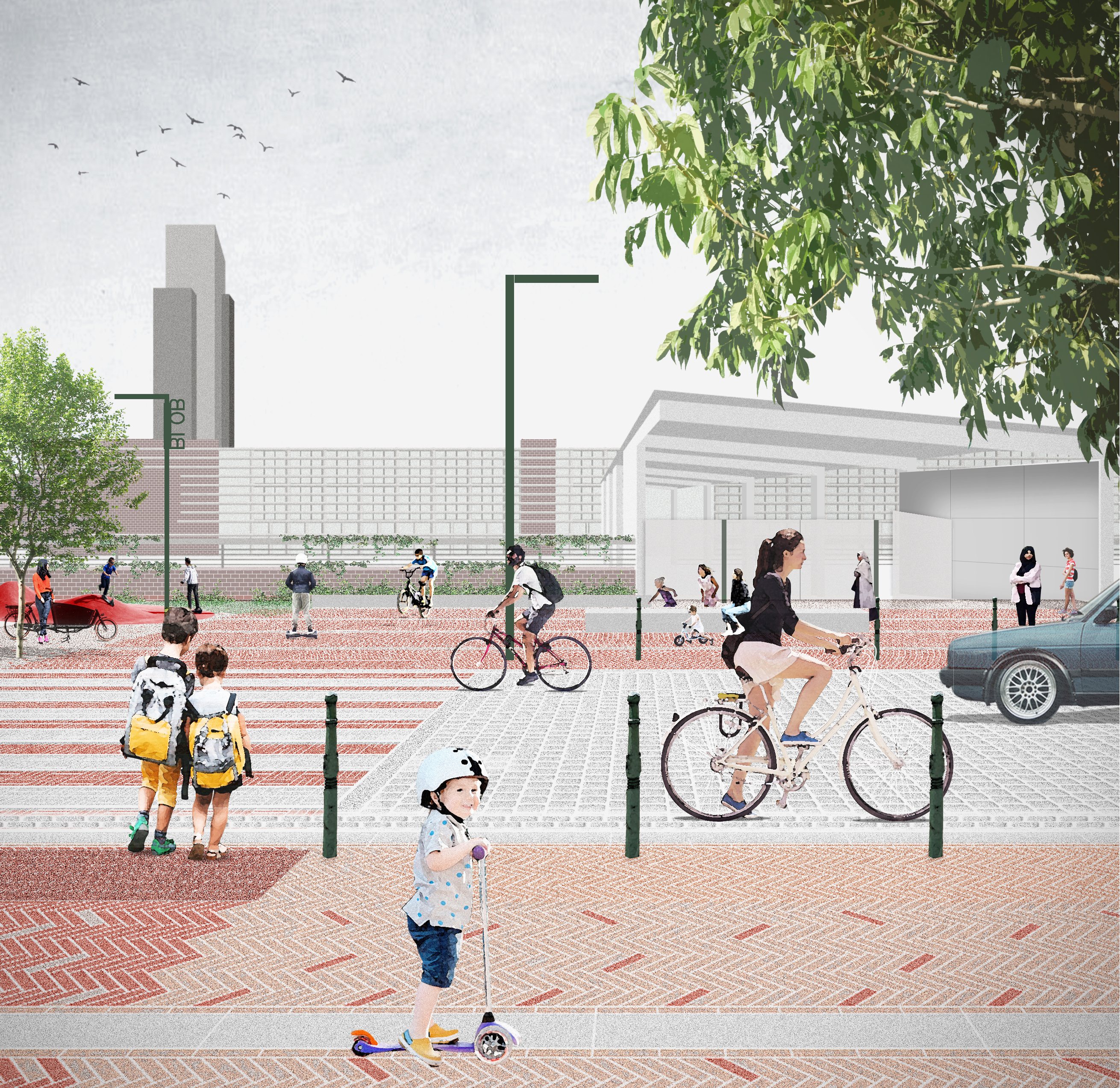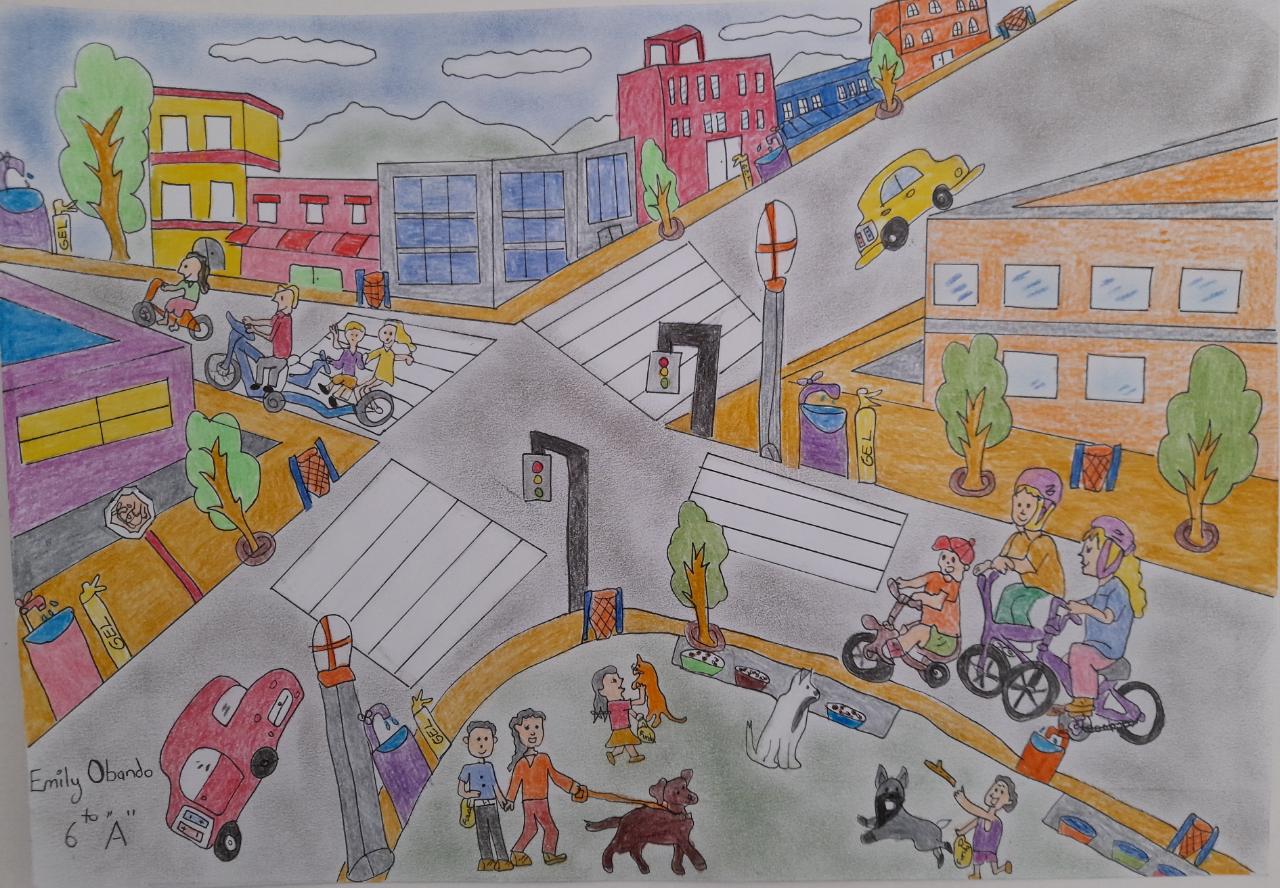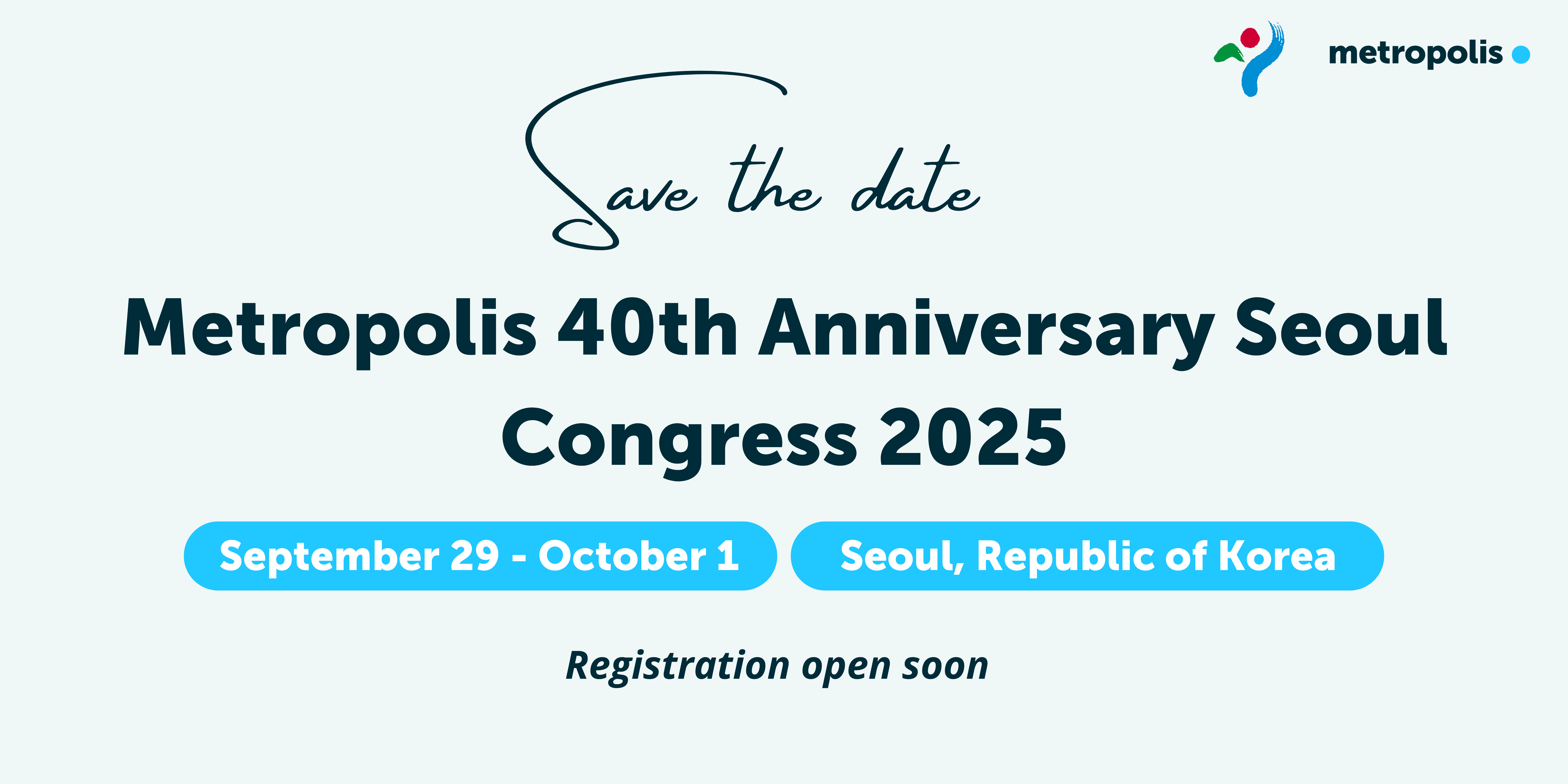
Les Planes Park, Barcelona Metropolitan Area. © Joan Guillama
It’s time to put human and planetary health first in public space design
The Covid-19 pandemic came as a shock, and posed a challenge to the model of unbridled urban development, one of hard infrastructures that did not focus on people, that dehumanised. But it also paved the way for local and regional governments to further redefine public spaces to better cover peoples' needs, including wellbeing and community engagement.
Measures including increasing space for cycling, closing roads, and reducing space for cars to have additional space for people. Since the pandemic upturned our lives two years ago, we have seen an increase in the use of tactical urbanism to create temporary squares, or to allow cafés and restaurants to extend their terraces. These actions were important as many people did not have access to parks or outdoor space at home, not to mention that many people spent lockdown in small houses or flats. Outdoor space became more important than ever in improving wellbeing.
Complex emergencies such as the pandemic, as well as those related to climate change, present the greatest opportunities and threats to local and regional governments. This new understanding of public space, in which human and planetary health come together, seems to be a trend that is here to stay. This is not only about less polluted public spaces, but also safer places to socialise, play, exercise and carry out caregiving tasks.

Vision for the Klavertje Vier primary school forecourt. © act. Wauw – Tractabel
For instance, one regional initiative implemented by the municipality of Brussels, the Klavertje School Contract Project, aims, on the one hand, to revitalise neglected areas and, on the other hand, to better integrate schools into the neighbourhood so that both the children and the neighbourhood enjoy safer and more pleasant spaces to rest and play. This is particularly important in view of the fact that we have historically given priority to cars in our urban spaces, thereby limiting children’s mobility and independence and restricting their opportunities for play, while reducing their safety and increasing road and traffic accidents.

Drawing by Emily Mikaela Obando Nieto in the framework of the Metropolis, through children's eyes contest
Like in Brussels, a broad range of urban space projects worldwide are being implemented under the premise of going back to basics, not only reintroducing nature to the urban landscape, but also in implementing practices based on wellbeing and community engagement, as shown in one of the latest Metropolis’ publications: Rethinking public space for a sustainable metropolitan future.
The health, social and economic problems left in the pandemic’s wake seem to have shaped a process of city transformation in which people’s interests and experiences are moulding urban planning processes. This is compounded when the consequences of the new disease on city dwellers are in no way contained within established jurisdictional and/or municipal boundaries. The objective is instead to create discontinuous, decentralised, and polycentric urban spaces that create new metropolitan environments where people can live, work, shop and use services from different jurisdictions in a single day. Thinking about public spaces at a metropolitan scale can help urban planners create better public spaces that are more equal, inclusive, and accessible for all.
This applies, for instance, in relation to women. Urban planners need to ask city inhabitants some really important questions, such as “How do you feel at night on your way home from the city centre to the suburbs?” “Do you feel unsafe?”. This issue is important, given that the gender gap manifests itself in a number of ways, including a lack of gender perspective in mobility planning.
There’s no-one-size-fits-all solution in the design of public space, but moving from exclusive governance to a participatory and inclusive metropolitan governance model could help to connect people and provide opportunities for all, regardless of ability, age, ethnicity, or gender identity or expression.
There is no doubt that there is still room for improvement in many of the public space projects recently started in many large cities, in terms of reclaiming public space for all. However, there is a positive trend that cannot be denied: we are returning to the basic building blocks of our communities — people, places and nature.

